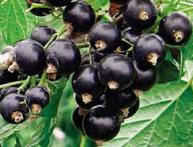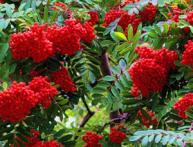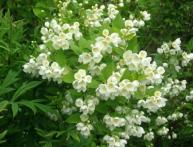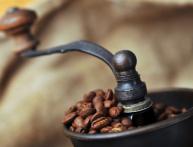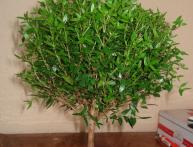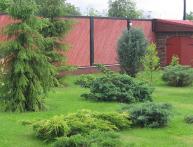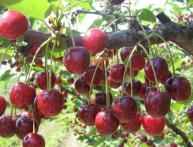Spring processing of currants
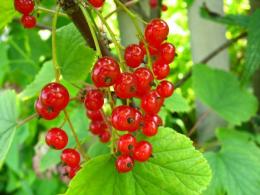
Everyone knows the taste of currants and its benefits from childhood. But in order for you to be able to harvest a good harvest of currants on your plot, you need to properly care for them. One of the most important moments in the life of currants is the spring processing of currants.
There are a large number of pests that endure winter cold and “attack” the currant bush in the spring and summer. So that nothing happens to your favorite bush and crop, you need to treat it against pests every spring and cut off old currant shoots.
Methods and types of pest control drugs:
- in the spring, when there are still no buds or leaves on the bush, pour boiling water over the currants, you can even add a little potassium permanganate. And if you missed such a time, then if the buds have already appeared, you can tear off the (swollen) buds already damaged by pests, and also pour boiling water over the bush, and also pour boiling water under the bush and sprinkle it on the inside;
- Another way to control pests, it’s not even a fight, but you just need to buy from your branch of the VIR (All-Union Institute of Plant Growing) for your area and region the varieties that are most resistant to soil mites. By planting this variety of currant, all problems with insects will immediately disappear. All that remains is to carry out prevention and feeding;
- Intavir helps against aphids, as well as Agravertin, but with large volumes of treatment, it will be expensive;
- Treatment with colloidal sulfur in the spring also helps against bud mites, but, unfortunately, this remedy will not cope with mites in one year; you can first reduce their colony, and subsequently get rid of them altogether, etc.
We can say briefly about pruning currants in spring. In order to slightly rejuvenate the bush, every spring it is necessary to trim 3-5 year old shoots at the root of black currants and 5-7 year old shoots of red and white ones.

